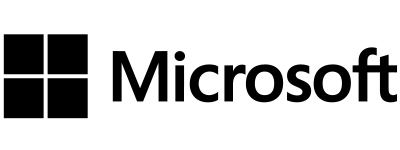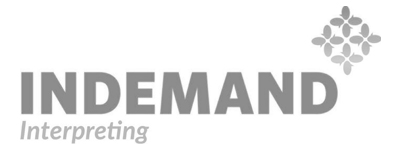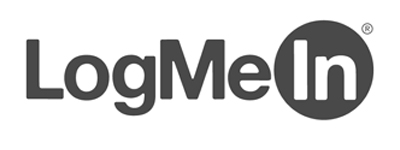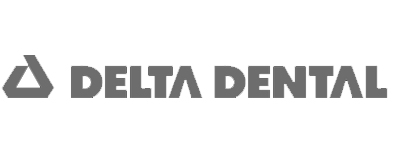Digital
Transformation
Claim your competitive edge
The future belongs to the innovators that live by a digital-first strategy. Is your business one of them?
In today’s business and economic environment, digital technology holds the key to gaining and keeping a competitive edge. Let Logic20/20 partner with you to build impactful digital solutions that drive sustainable business value.
Our teams deliver the technical skills, the business acumen, and the organizational expertise to get even the most ambitious digital strategies up and running quickly—and take them across the finish line.
What we do
Let Logic20/20 help you get there with proven expertise, deep knowledge of strategic methodologies, and a highly collaborative approach. You’ll have the peace of mind that comes from knowing the path to your goals is in the best possible hands.
Digital strategy
Fine-tune your digital vision and set your team on the road for achieving it.
Product innovation
Deliver intelligent, user-focused products that people want to keep using.
Enterprise architecture
Intelligent automation
Put AI to work and go beyond the limits of rules-based automation.
Cloud computing
Application support
Case studies
Logic20/20 helps businesses achieve their digital transformation goals in a way that aligns with their strategic objectives and organizational values.

Featured
Expanding digital scope of partner marketing operations

Featured
Improving experiences through real-time customer insights
Solutions
Intelligent, AI powered customer service
CUSTOMER CARE
Leverage AI technology and automation to meet rapidly evolving customer expections.
We implement new tools and processes the support your customer at every step of the journey, while manage cost and employee experience.
Agile transformation
DIGITAL TRANSFORMATION
Today’s businesses need to adapt quickly and strategically to changing customer expectations and new technology.
Embracing Agile methodology through “agile transformation” helps business deliver higher value to their customers, capitalize on market opportunities, and achieve a competitive edge.
Digital Transformation Insights

Drones plus AI: meet the future of utility asset management
How the combination of drone technology and AI offers utilities an optimal solution to their asset management challenges

3 ways AI is elevating customer self-service portals
How AI delivers the capabilities busiinesses need to meet customers’ demand for quality self-service solutions

How artificial intelligence empowers customer service reps to generate revenue
AI call center tools enable customer service organizations to empower their reps and evolve from cost centers to revenue generators.
Who we’ve worked with









Practice Area Leads

Melanie Tran
Accomplished technology leader with a background in intelligence analysis and a proven track record of operational integrity while leading complex projects and programs.

Lionel Bodin
Transformational leader, managing highly complex, multifaceted digital programs dealing with systems of engagement, digital channels, and complex implementations.
Need help with your digital transformation?
Just fill out the connect form and we’ll be in touch.

